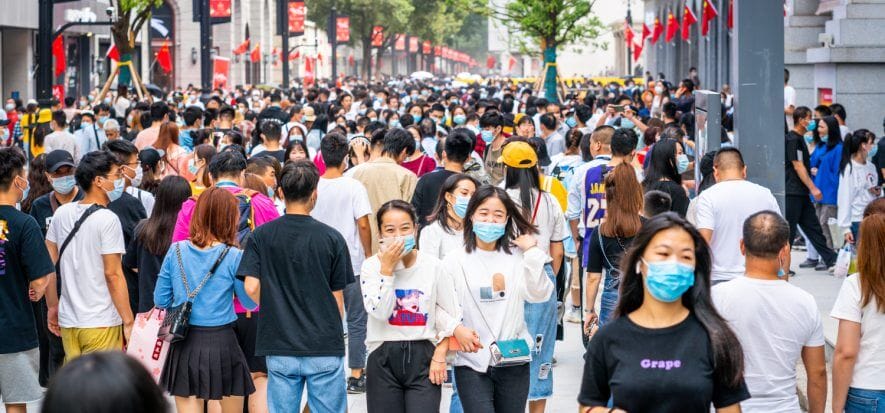Decline in business volumes. Changing customer priorities. While in 2022 the world, thanks to the success of vaccination campaigns, was coming out of pandemic restrictions, China still experienced a year of Zero Covid, as Beijing’s policy of closures and lockdowns upon the detection of (even a few) positive cases is defined. What, in Bain’s calculations, was to become the leading luxury market by 2025, took the hit. “The year 2022 represented a year of slowdown for China and Chinese consumers, especially in relation to the high growth rates of past years,” Federica Levato, senior partner at Bain & Co, explains to Il Sole 24 Ore. “Consequently, and also in light of the current situation and in particular the continuation of restrictive policies, we have revised our future forecast on China”.
A Year of Zero Covid
In this sense, it is comforting to learn, as ANSA reports, that the Chinese government has announced a plan to ease restrictive policies. Quarantine on arrival in the country is to be reduced from ten to eight days, for example, while the obligation of identification and isolation for secondary contacts is to be dropped. Small steps, which come when the damage, meanwhile, is done. According to Bain’s latest assessments, in 2021 Chinese consumption was worth EUR 283 billion, representing a 21% share of the global luxury market. “We think that China will remain a key driver for the evolution of the market,” continues Lovato, regarding the estimates for 2022.
“We have also observed this year in particular, how local consumers have shown a greater appetite for luxury, strengthening their incidence. Somewhat like what happened in our latitudes in 2020/21, lockdowns are transforming purchasing hierarchies”. After three years confined to flats, adds Yuan Zou, head of Europe Luxury and Fashion at Hylink Digital Solutions, the Chinese “have changed their buying attitude. For example, they don’t see the need to invest in a handbag or a pair of shoes that they don’t have occasion to use, they prefer household products”.
Photo Shutterstock
Read also:











